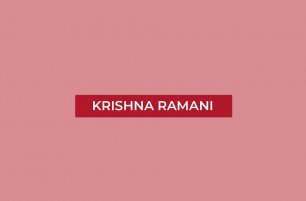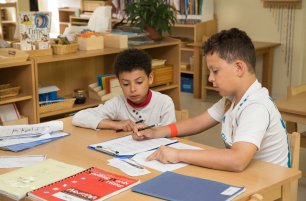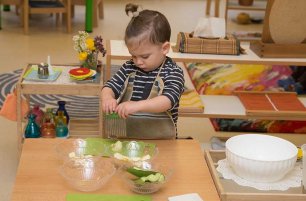Mones
Sorry, this article is only in Czech.

Please welcome this week’s guest to the IMSP podcast – Krishna Ramani!
Read more
It is no surprise to hear parents expressing doubts about a multi-age classroom, and questioning how children of different ages could work together harmoniously in the same environment, and if there are any benefits to this approach.
Read more
Check out our video made by the International Montessori School of Prague community! We are happy to share our vision for Montessori education with all. It features our inspiring students, teachers, school leadership, alumni and parents. Let us know what you think!
Read more
One of the key concepts and skills that Montessori education develops in different ways and from different perspectives through the entire childhood and through the entire educational process is independance.
Read more
"My three words to describe IMSP are independence, fun, and curiosity!"
Read more